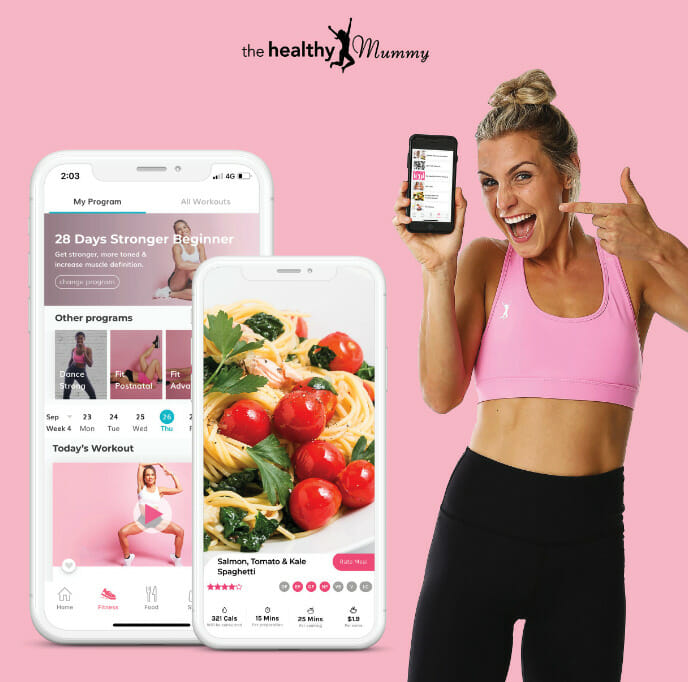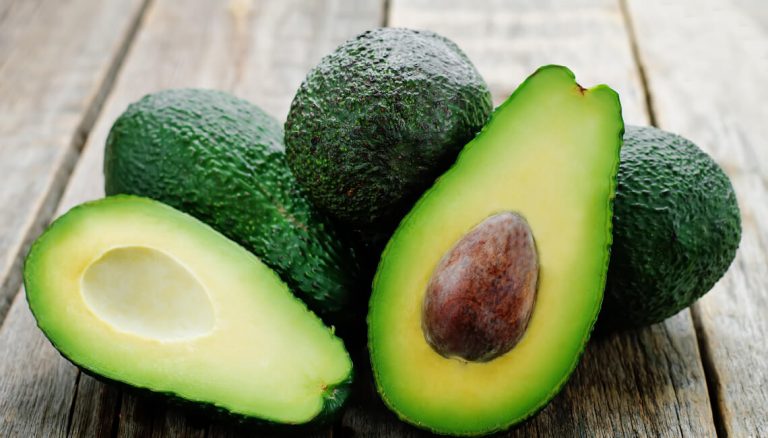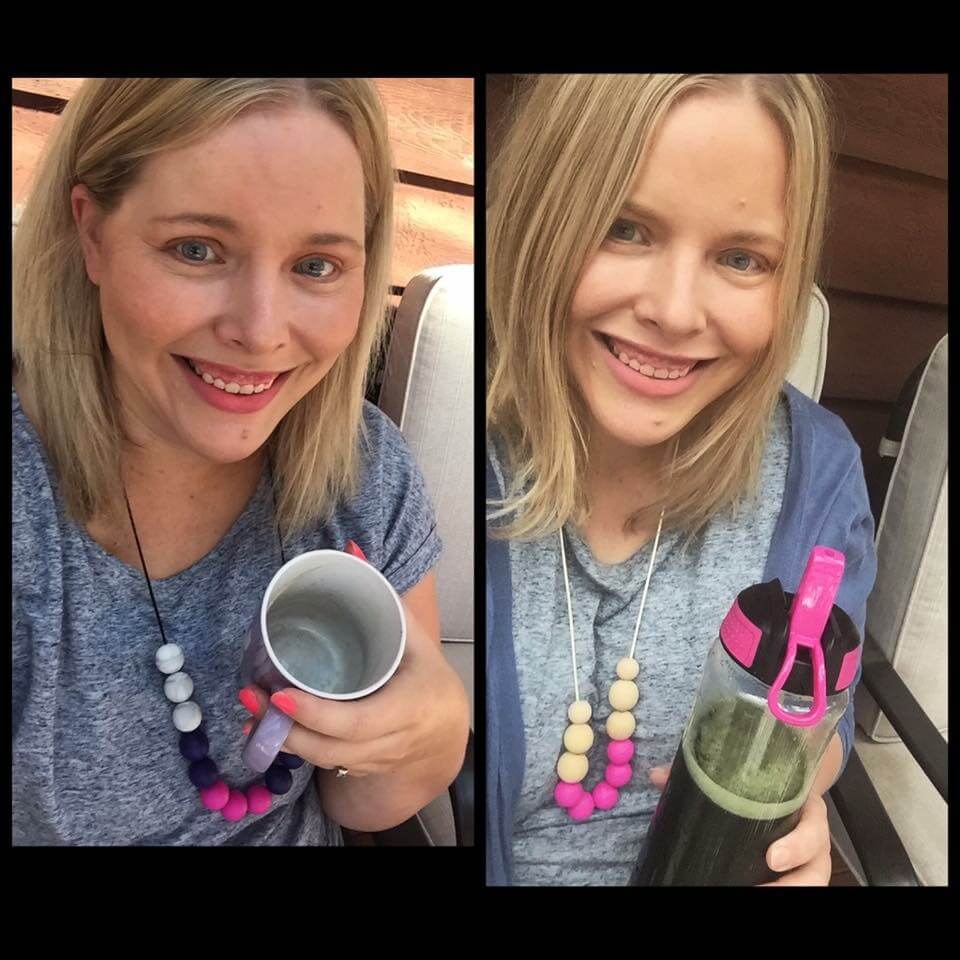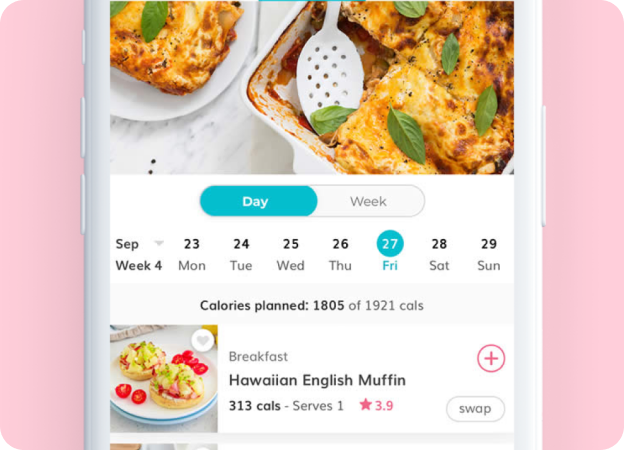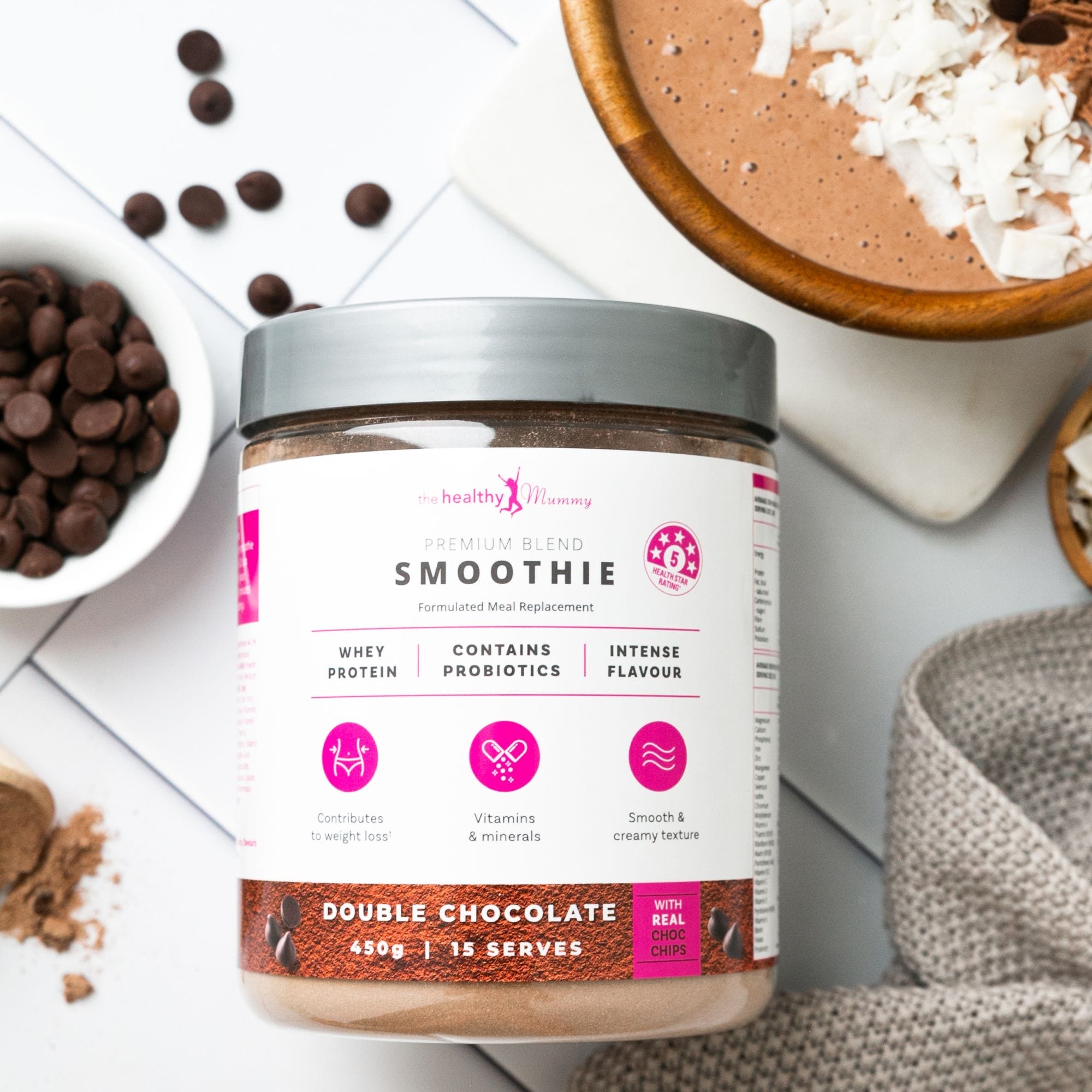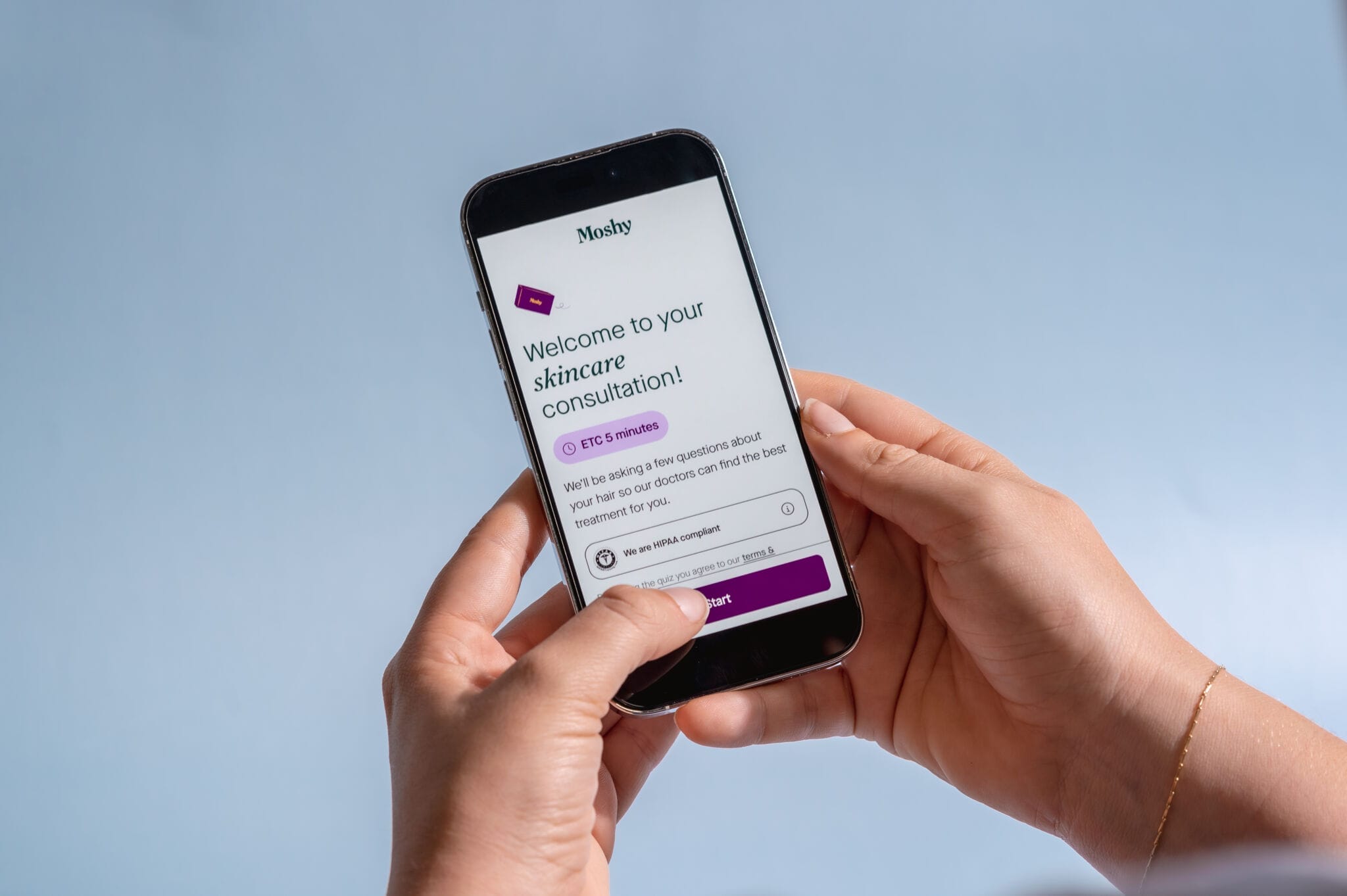10 healthy snacks to fight sugar cravings!
We have put together some delicious sugar free snack ideas to beat cravings and help you lose weight.
Reducing your added sugar intake is one of the FASTEST ways to lose tummy fat, reduce calories, increase energy, improve your skin and lose excess kilos.
And if you’re on our 28 Day Weight Loss Challenge and thinking of giving up sugar, it may be tricky, but not as hard as you think!
We at The Healthy Mummy HQ are here to help you every step of the way. Which is why we’ve put together some delicious snack ideas to help you beat those pesky sugar cravings.
The good news is, sweet treats don’t have to be off limits when wanting to lose weight. It’s just a matter of making BETTER sweet treat choices!
Top 10 healthy sugar craving busters – how to stop sugar cravings INSTANTLY
1. Grapes
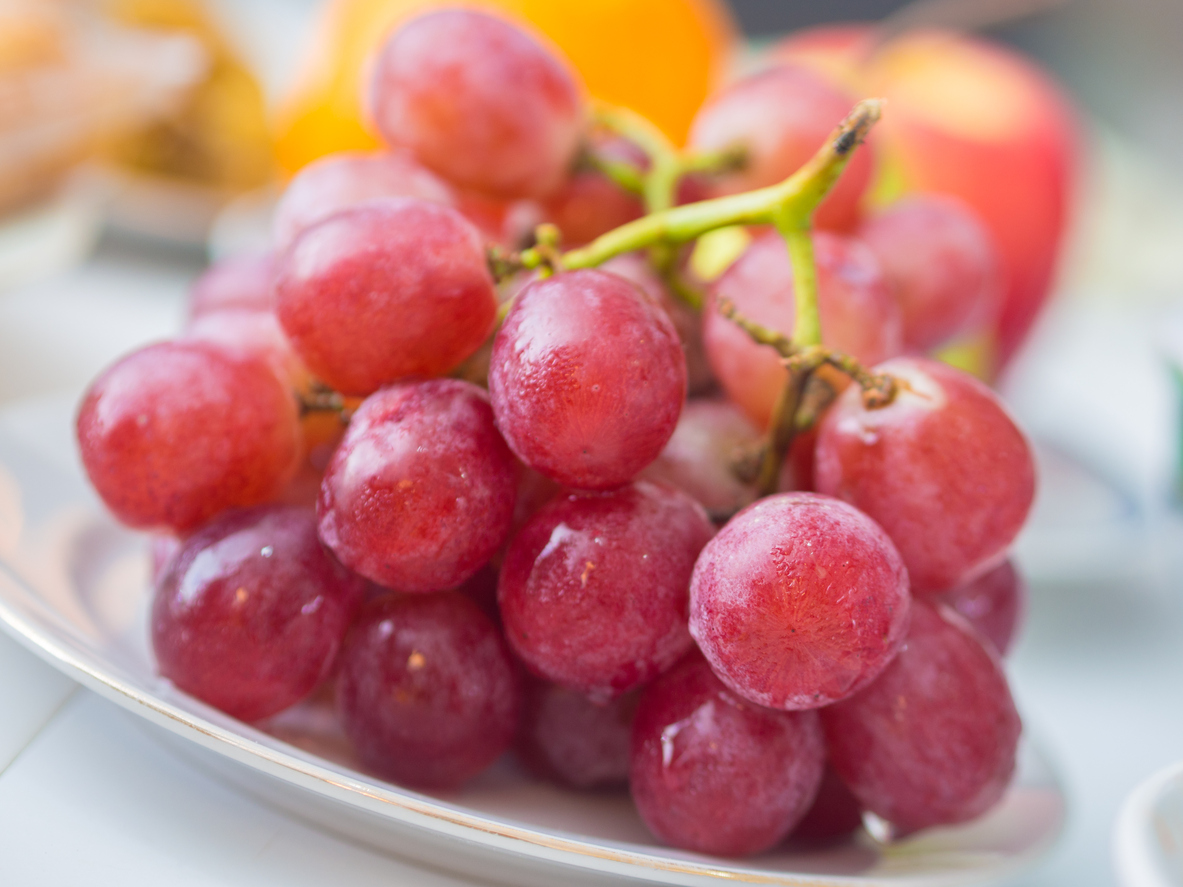
Chromium is an important mineral to help maintain blood sugar levels. Grapes are naturally high in chromium so have a ½ a cup serving to help diminish cravings for processed sugar.
For more food with chromium, click here.
Grapes are naturally high in chromium so have a ½ a cup serving to help diminish cravings for processed sugar. ½ cup green seedless grapes = 53 calories
2. Cacao fudge
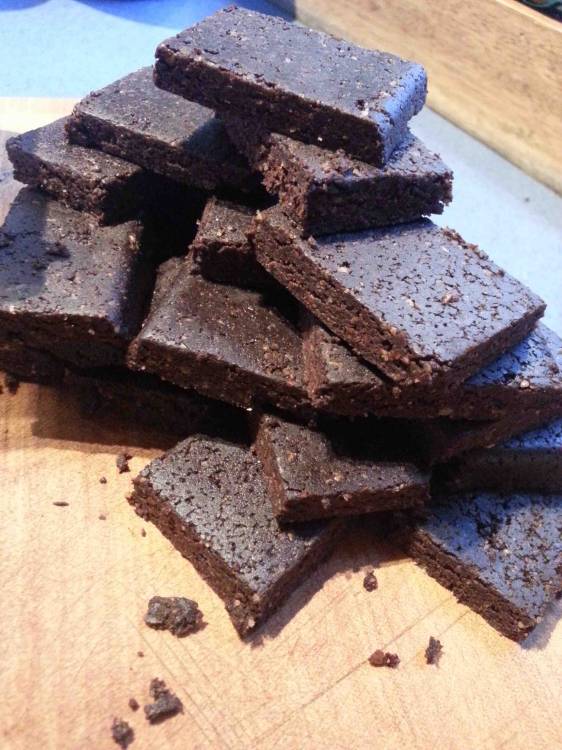
These yummy chocolate fudge bites only include 3 ingredients – walnuts, cacao and dried dates!
Cacao is high in iron and magnesium – extremely important nutrients in pregnancy. You can make your own home made fudge using 1/4 cup of raw cacao, 30ml coconut oil, 1 tbsp of almond butter and 1tbsp vegetable oil.
Combine cacao, coconut oil and almond butter in a heavy bottomed pan and stir until melted. Remove from heat and then add the vegetable oil after the mixture has slightly cooled. Press in a shallow cake tin. Cover and refrigerate for 2 hours. Makes 4 serves. 140 calories per serve.
3. Cinnamon toast
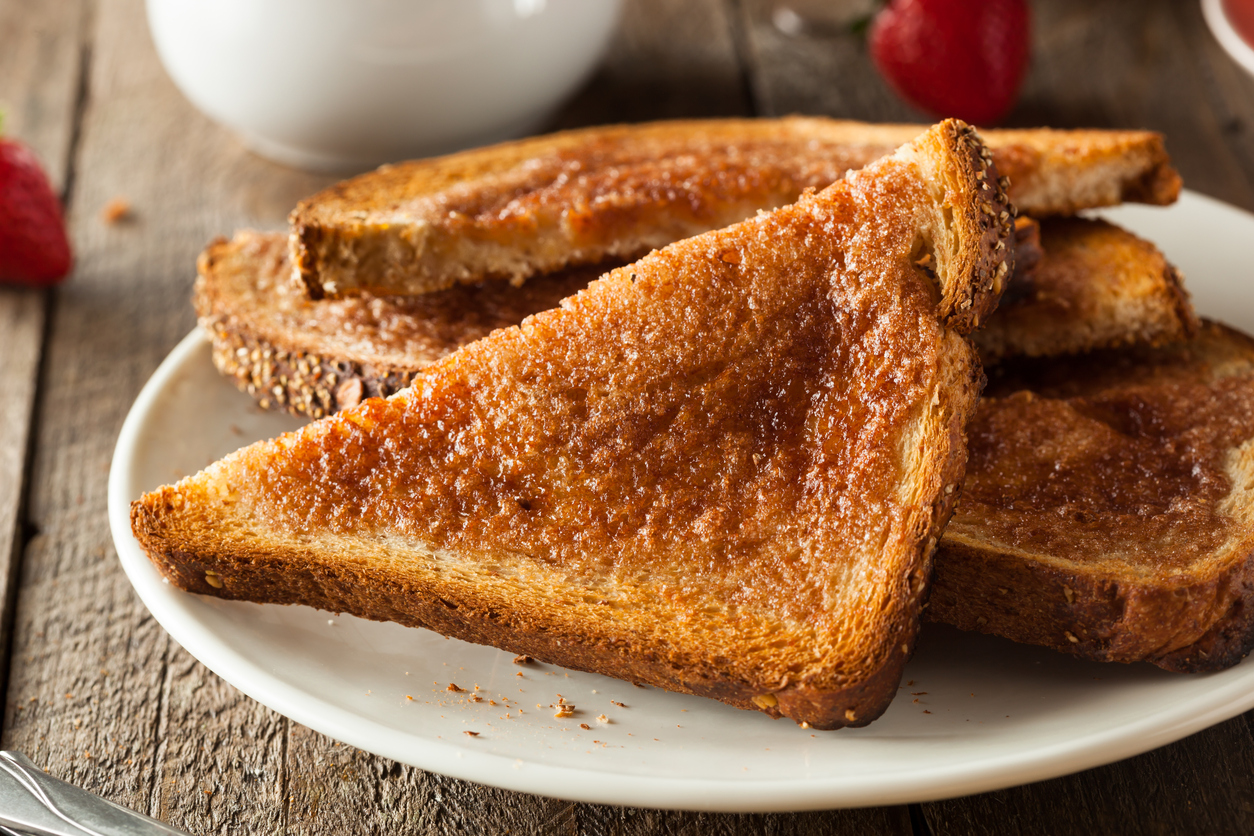
Cinnamon has been shown to help lower blood glucose levels – which can be helpful in curbing sugar cravings.
Toast a slice of whole-grain bread and top with ½ teaspoon of butter (or substitute), ¼ teaspoon of stevia, and a sprinkle of cinnamon. 1 slice = 114 calories
4. Bananas
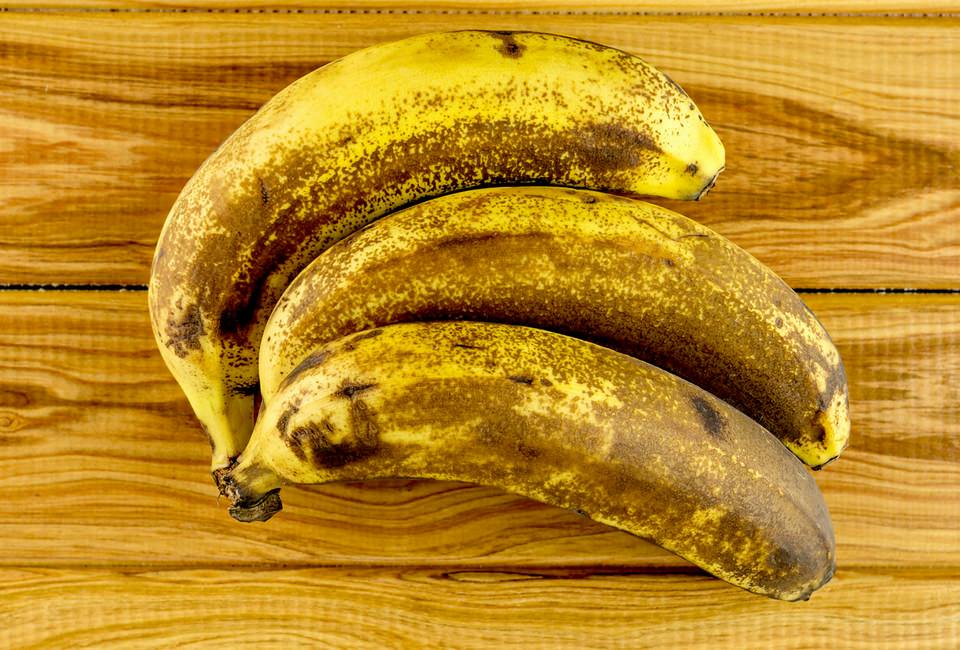
Bananas contain a high amount of fibre which will keep you full and keep cravings away. Chop up one ripe banana, place in an airtight container and freeze overnight. Blend in a food processor until smooth by using a variation of high and low speeds.
Scrape sides regularly. Once you have reached a smoothie consistency, freeze for approx. 2 hours and serve. 1 serve = approx. 116 calories
5. Green apple
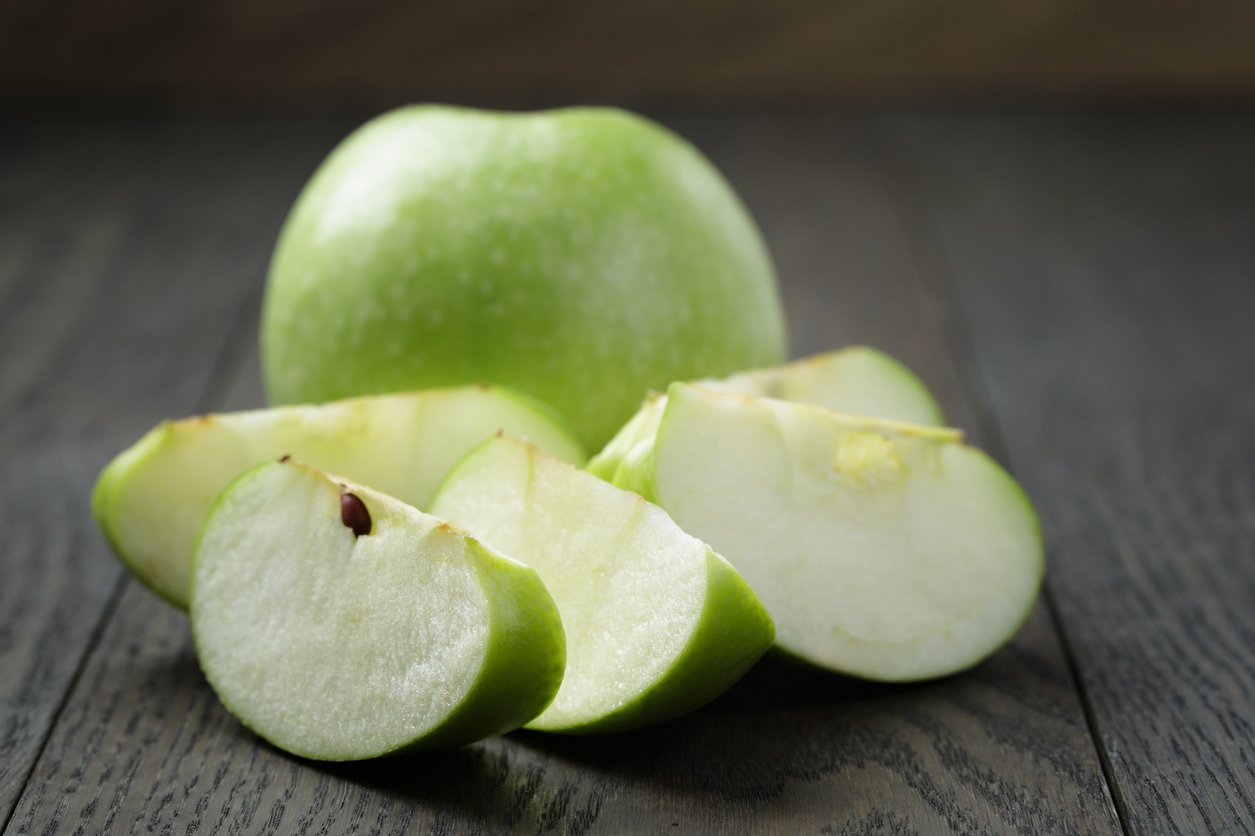
A green apple will temporarily give you a good boost of energy, provide a good amount of fibre and is a great portable snack. It will take you through to your next main meal and take your mind off processed sweets.
100g serving of apple = 50 calories
6. Bliss balls
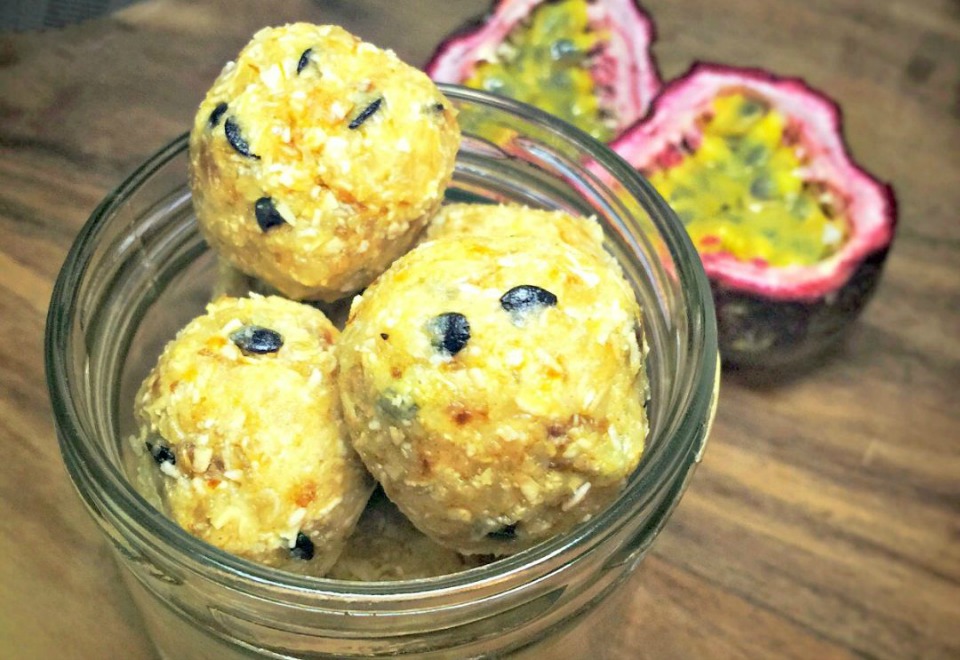
Dates are naturally sweet and full of nutrients. You can try this simple Fresh and Healthy Passion Fruit Bliss Ball recipe for a healthy treat.
Or try 4 x pitted medjool dates (raw), ½ tsp cacao powder and ½ tsp flaxseed meal. Process ingredients until combined. Roll into bite sized balls and dip in melted coconut oil. Finish them off by rolling in some unsweetened shredded coconut. 2 Balls = 132 calories.
7. Healthy hot chocolate
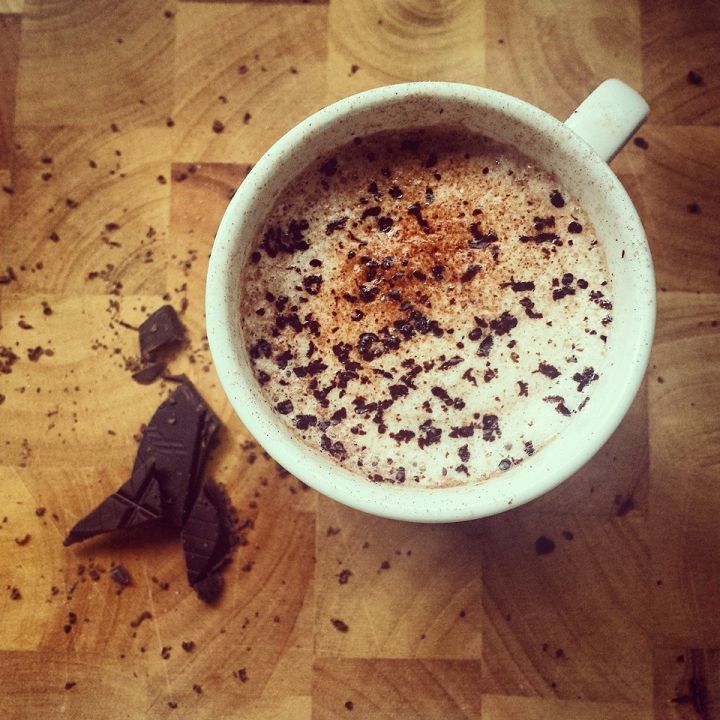
A healthier version of hot chocolate uses raw cacao, almond milk and your Healthy Mummy Smoothie mix. This dessert drink will satisfy your sugar cravings guaranteed. See recipe here.
This creamy dessert drink will satisfy your sugar cravings guaranteed. 250ml mug = 115 calories.
8. Homemade peanut butter protein bar
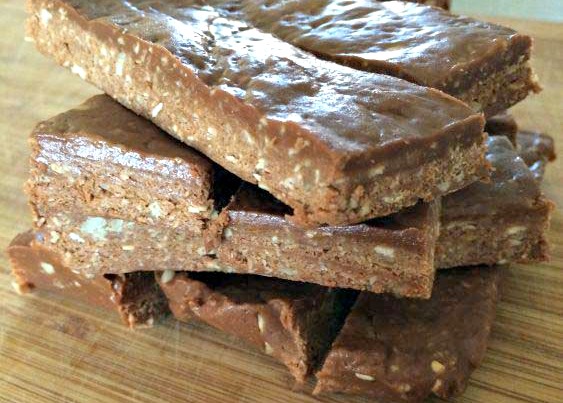
Raw honey is wonderful as it contains many natural antibacterial properties. Check out this yummy Peanut Butter Protein Bar here.
To make home made protein bars, heat 1 tbsp of almond butter & 1 tbsp of honey in a saucepan on low heat until melted. Stir and remove from heat, pour mixture over 1/2 cup of oats in a large bowl. Stir thoroughly.
Pour and press batter into a lined square baking dish and bake at 180 degrees for 15 minutes. Remove & let cool. Makes 2 serves = 188 calories per serve.
9. Coconut oil
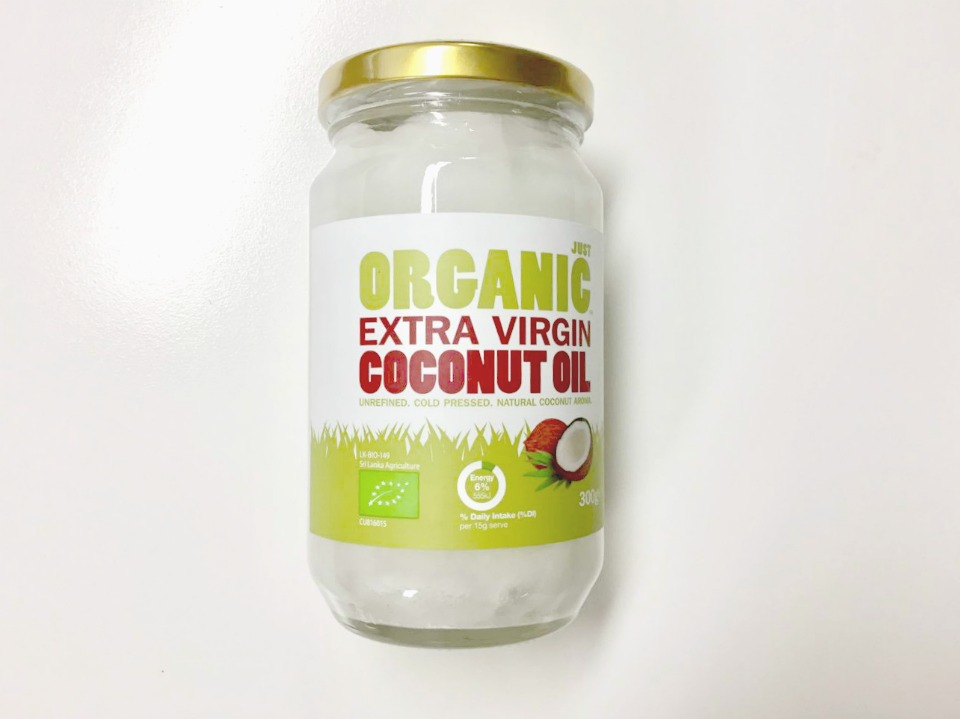
Coconut oil is a medium chain fatty acid and it helps keep you full – kicking sugar cravings to the curb. It contains antibiotic properties and is also great for your teeth.
1 tablespoon has 119 calories.
10. Our Healthy Mummy Smoothies
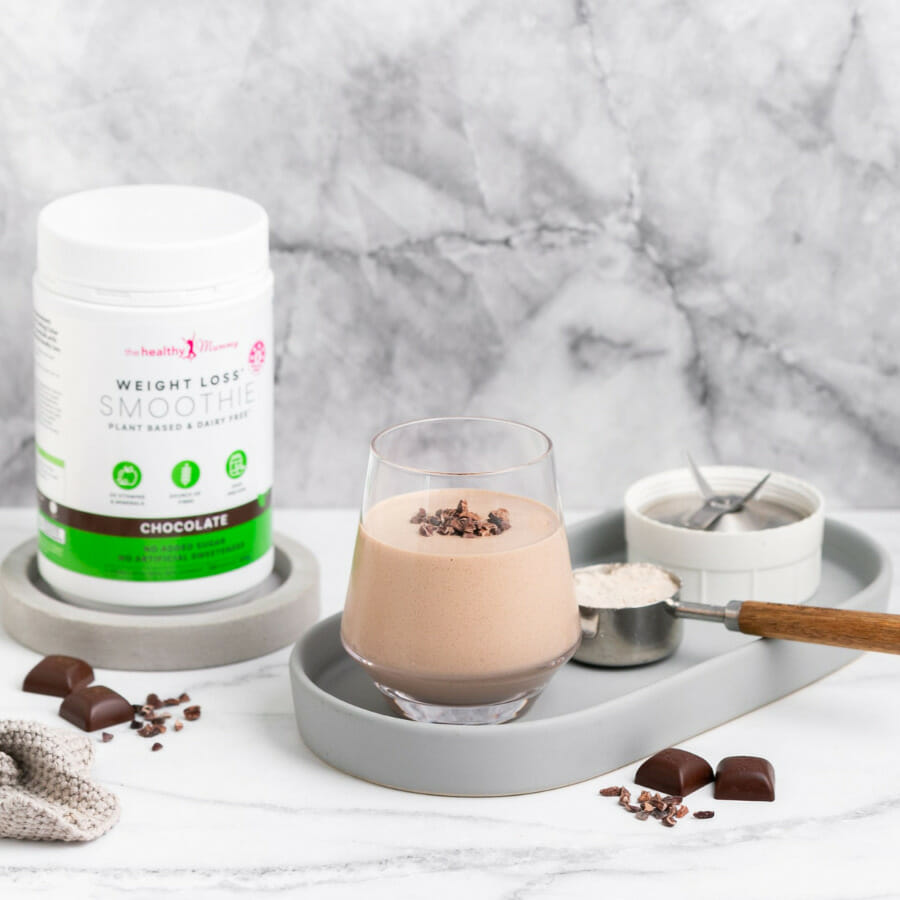
A smoothie containing fresh fruit and yoghurt is perfect to banish sugar cravings. Try one of our Healthy Mummy Smoothies with some yoghurt (to increase calcium) and diced pineapple and raspberries.
Try adding some diced pineapple – which contains bromelains to help improve digestion and 200ml juicy Valencia oranges for that extra citrus tang = 360 calorie per serve.
13 of the most common questions about sugar answered by an expert
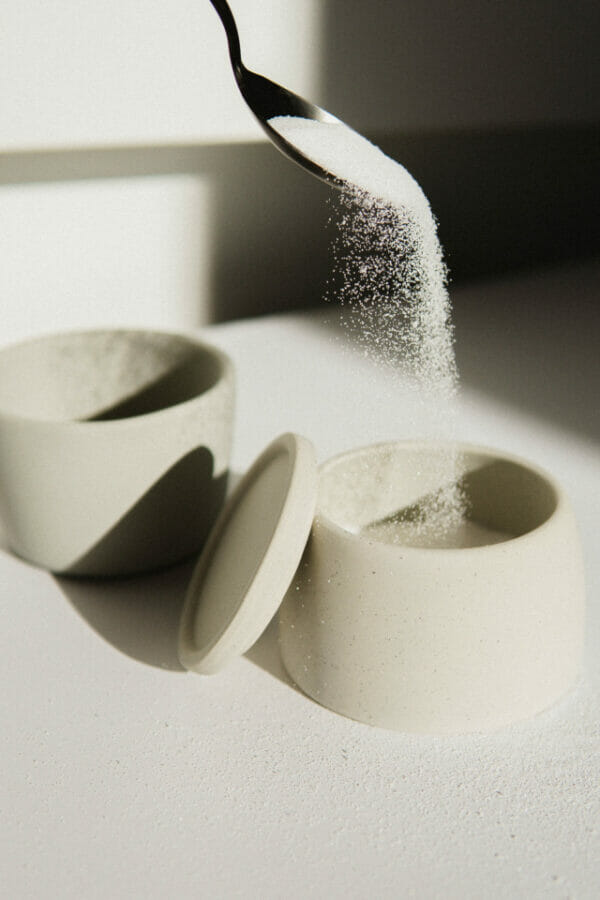
Cheree Sheldon, one of our Nutritionists for the 28 Day Weight Loss Challenge, has answered 13 of the most common questions about sugar so you know what are the best choices and things to consider when trying to reduce sugar from your diet:
1. What do you mean by “free sugar”?
Like with fats, there are some that are better to eat than others. The same is with sugar. The World Health Organisation (WHO) defines “free sugars” as: “all monosaccharides and disaccharides added to foods by the manufacturer, cook, or consumer, plus sugars naturally present in honey, syrups, and fruit juices.”
Free sugars are those found in processed foods, fruit juices and concentrates, basically in anything that isn’t in its natural state.
For example, strawberry flavoured yoghurt may seem fairly unprocessed, but the flavouring has been processed and then added to the yoghurt and this usually means free sugars have been added. If you took a plain, natural yoghurt and added some slices of strawberry yourself then you would be avoiding free sugars.
Sugars that are present in WHOLE FOODS e.g. in fruit, grains, dairy, etc. are not “free sugars” and aren’t included in the daily sugar consumption recommendations by WHO.
2. Is sugar “bad” for me?
The 28 Day Weight Loss Challenges and meal plans are all about balance. Our meal plans are about getting a good variety of whole foods into each day.
We don’t cut out whole categories of food; instead we prefer to find the healthier alternatives.
Sugar provides our bodies with energy but it’s the types of sugar we choose and how much we eat that can potentially lead to poor health and long term issues.
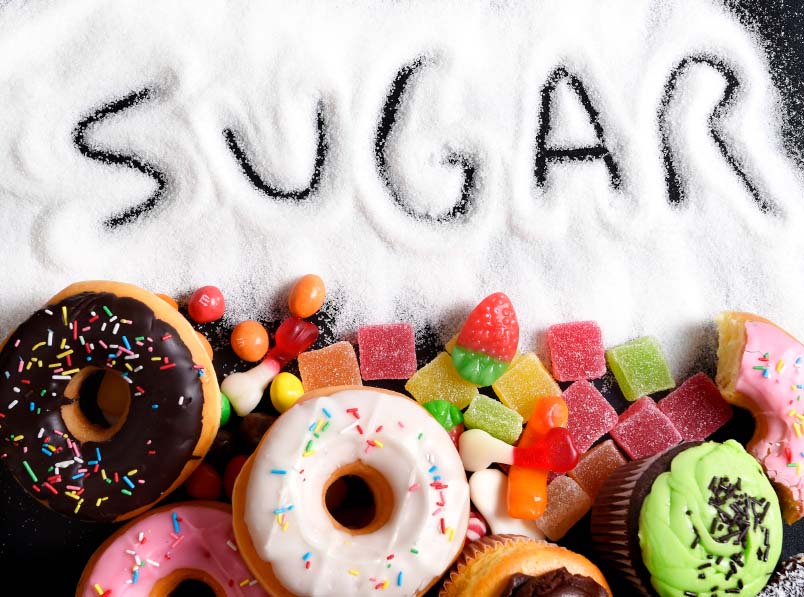
We need to choose the healthier types of sugar and reduce our overall consumption to avoid it being “bad” for us.
3. How much sugar should we consume each day?
The current World Health Organisation (WHO) recommendations that were released in 2015 state that everyone should reduce their “free sugar” (i.e. simple, added sugars) intake to less than 10% of their total energy intake, but a further reduction to below 5% would provide further health benefits.
So this means that if you eat approximately 1,500 calories per day then 10% of your daily energy intake would be 150 calories, approximately 40g of sugar (about 10 teaspoons).
WHO recommends we try and reduce our intake to 5% to improve the health benefits even more. So with 1,500 calories per day this is approximately 20g of sugar or around 5 teaspoons.
The key thing to remember is that the WHO recommendations are referring to the amounts of “free sugars” we consume not sugars found in whole foods.
4. What do you mean by sugars in Whole Foods?
These are the sugars that are present in natural, unprocessed foods. So the sugars in fruit, vegetables, grains, dairy etc.
These sugars AREN’T included in the WHO sugar consumption recommendations.
When a food is in its WHOLE and NATURAL form, like a piece of fruit, or full fat milk, then the other elements in the food balance out the sugar and our bodies can cope with it. The fat in milk helps to slow down the processing of the lactose, and the fibre in fruit does the same with the fructose.
It is when these sugars have been isolated and then added into foods as single ingredients that the mega problems arise.
5. Is honey good to consume because it’s natural?
Most sugars are natural. White, granulated sugar comes from sugar cane, a natural source. Artificial sweeteners are the only sugars that aren’t natural.
Honey, maple syrup, molasses, rice malt syrup, brown sugar, coconut sugar, agave syrup etc are all natural and are ALL “free sugars”.
When choosing a sugar to eat and use in your cooking, choose one that has a lower GI, to avoid spikes in blood sugar levels, and some other beneficial properties.
So for example, honey is a better choice than brown sugar as it has a lower GI and also contains some minerals that give the body some nutritional benefits.
Trying to stick to the WHO recommendations for sugar consumption means you may have to reduce your intake of sugars like honey, maple syrup, coconut sugar too but choosing these sugars over higher GI sugars with less nutritional benefits is a better option.
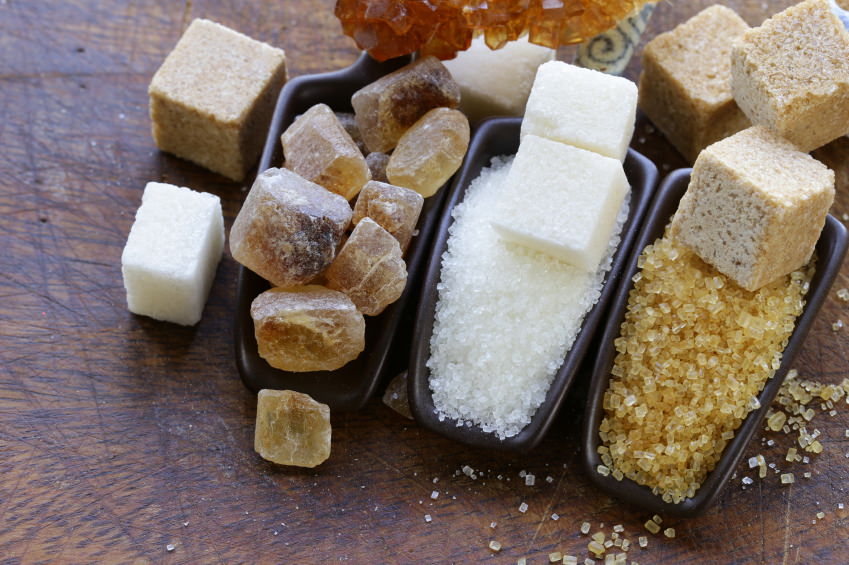
6. Which sugars are better to consume?
Sugars in WHOLE FOODS are not included in the WHO daily sugar allowance recommendations so if you are sweetening your meals with fresh fruit, vegetables, grains, protein and dairy then this is the best way to enjoy sweet food.
If you want to use “free sugars” which are really hard to avoid totally (and don’t need to be if consumed according to WHO recommendations) then choose sugars with a low GI and one that may have some other nutritional benefits. For example coconut sugar has a relatively low GI of 35 and also contains potassium and minerals to benefit the body.
Maple syrup and honey have mid range GI levels with some mineral benefits.
Stevia has a 0 GI and therefore breaks down very slowly in the blood. It is also 300 times sweeter than granulated sugar so you don’t need to use as much in your cooking and meal preparation.
7. Why should I reduce my sugar consumption?
Exceeding the recommended intake of sugar can lead to a number of health issues including; ADHD, acne, obesity, gallstones, insulin resistance, Type 2 diabetes, PMS, dental cavities and depression.
Sugar can also do a myriad of other damage. It can feed candida and cause bowel, bladder or skin issues, it can interrupt sleep and may induce nightmares, it can limit your ability to focus, and it can cause aggression and change behaviours.
Excessive sugar consumption can increase blood sugars, and as a result hypoglycemia can occur. Symptoms will appear 3-4 hours after eating and may include one or many of the following: anxiety, irritability, headaches, confusion, aggressive behaviour, sweating, confusion and even convulsions.
Sugar can alter the way a cell in the body responds normally to other cells; they can change the structure of proteins, and can disguise cancer cells from our immune system.
Have you ever over indulged in the mid afternoon (“3pm slump”), thinking a chocolate bar or something sweet will give you the energy to make you feel better? Then after eating your sweet choice you actually feel more tired, without energy? This is due to some sugars breaking down too rapidly in the body, causing an excess of blood glucose. What we want to achieve is a slow rise in blood glucose after we eat, not a big spike and crash.
Any excess glucose left in our blood that the body doesn’t need is turned into FAT. So reducing your overall sugar consumption and being mindful of how much you are consuming is good for your waist line.
Reducing the amount of sugar you and your family consume will benefit everyone, setting a great example for your children to help them make the right food and drink choices and avoid the health issues that too much sugar can bring.
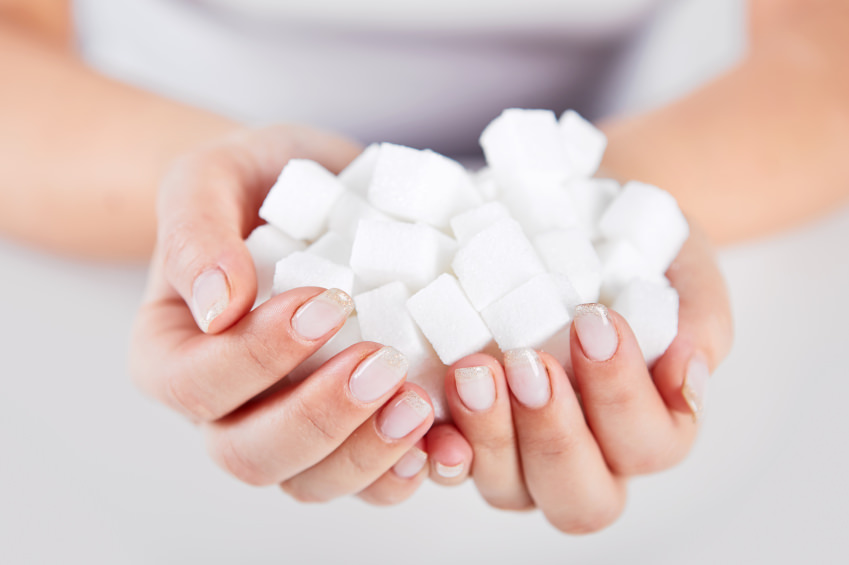
8. Why are some daily sugar totals in the 28 Day Weight Loss Challenge meal plans above the recommended amount?
The “Total Sugar” amount for foods and recipes in the 28 Day Weight Loss Challenge Meal Plans include both “free sugars” and the sugars from whole foods like fruit, vegetables and dairy.
Many recipes also list a separate “free sugars” total. If you add up these daily figures this is what you need to keep below 20g – 40g per day (depending on your daily calorie intake) to keep in line with the World Health Organisation recommendations.
If your diet is made up of recipes like those in the 28 Day Weight Loss Challenges which mainly consist of whole foods, fruits, vegetables, grains, dairy etc, then your TOTAL daily sugar levels may get over the 40g mark (if you eat 1,500 calories per day) but these whole food sugars aren’t counted in the WHO recommendations.
It’s only sugars like honey, maple syrup, sugars from processed foods, granulated sugar etc that are counted in the daily sugar consumption recommendations and you will see that these types of ingredients are used in small amounts throughout the 28 Day Challenge recipes.
9. Why do some of the 28 Day Challenge meals have high sugar totals?
This is because the sugar totals in each recipe/food include both “free sugars” and sugars from “whole foods”.
It’s the “free sugars” that we should be trying to reduce in our diets, so look at these figures when working out if a recipe/food has low or high sugar content. Whole food sugars aren’t counted in our daily sugar intake.
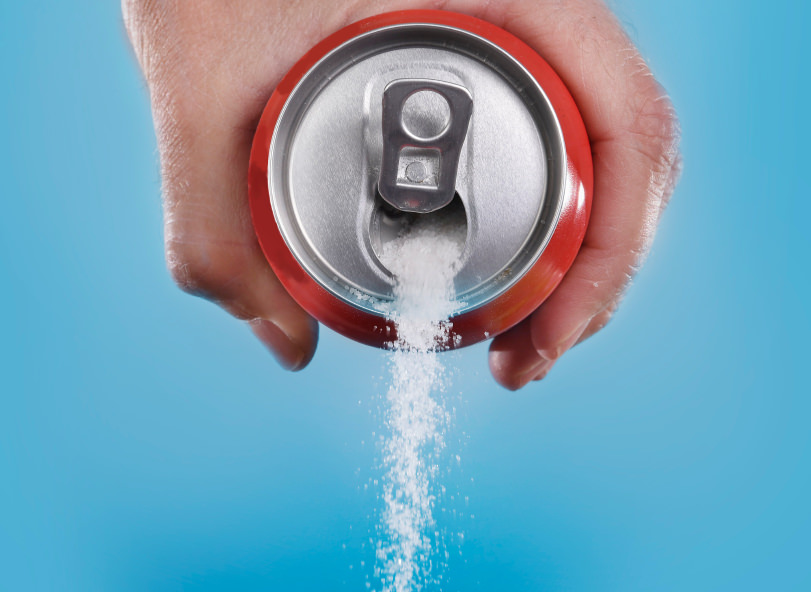
10. How is the 28 Day weight loss Challenge different from other sugar detox plans?
Our 28 Day Weight Loss Challenges provide the correct information and education so you can make informed decisions and know the best options when it comes to healthy eating and sugar intake.
We don’t cut out sugar all together for any period of time and then re-introduce it. We provide recipes and food suggestions that are low in the “free sugars” that need to be reduced in our diets but still offer sweet options with our meal plans.
Our recipes show you that you can still enjoy sweet foods and meals but that with the right education you can make healthier choices to reduce your sugar intake for you and your family.
The 28 Day Challenge is easy to follow, using everyday recipes and ingredients to show that once you have the information, you can make healthier food and sugar choices.
The 28 Day Weight Loss Challenges have been designed for busy Mums so they’re easy to follow and provide information that is useful and relevant to help you and your family become healthier.
11. It seems so hard to stick to the WHO sugar recommendations. How can I do it?
Once you’re aware of the types of sugars you need to reduce then it is pretty amazing how much sugar is added to so many foods and it can be a little scary!
The best way to stick to the recommendations is to do things slowly. If you enjoy sugar in your tea or coffee, make a plan to reduce the amount by half for a week, then another half the following week, until you are no longer adding sugar at all and can enjoy your drinks sugar free.
If you love chocolate, lollies, cakes etc then try some of the low “free sugar” recipes from the 28 Day Challenge recipe hub to replace any processed foods of this type. Making these types of foods at home will ensure you know exactly how much sugar is being added and you will also avoid artificial colourings, flavours and preservatives.
Slowly changing your sugar consumption will allow your taste buds to get used to not having so many sweet flavours so that you are satisfied with smaller amounts of sugar in your diet.
Reducing your overall sugar intake doesn’t mean you can’t enjoy a scoop of ice cream or a chocolate bar every now and then. It means that once you know what levels of sugar you should aim for each day, when you do indulge in something high in free sugars, that you can balance this out by having low free sugar meals and food for the rest of the day.
Using more whole foods and sweetening foods with these ingredients rather than lots of processed foods loaded with “free sugars” will result in you not craving really sweet things all the time and benefit your family’s health too.

12. I’ve started reducing the sugar in my diet and I feel terrible! Why?
Everyone will experience dietary change differently, but depending on your current sugar intake and how drastically you reduce it, you may have side effects such as headaches, skin breakouts, or bowel changes (excess sugar for some people can be a laxative, so reducing this may clog you up until your body can regulate itself again).
The best advice, to try and avoid these side effects, is to reduce sugar slowly and permanently. If you go cold turkey and completely stop consuming all sugars at once you can experience horrible withdrawals, and give in to cravings, that may put you off wanting to reduce your sugar intake all together!
Every lifestyle change you decide to make for the benefit of your health should be slow, steady, and LONG LASTING!
- Set yourself a limit everyday and stick to it. If you normally add 3 teaspoons of sugar to your tea, reduce it to 2 for a week, then reduce it to one, then 1/2, until you can enjoy your tea naturally.
- Make SMART goals when it comes to changes. Is your goal achievable, realistic, do you have support?
- Tell your family, friends and colleagues what you are planning and get them on board. Make changes with your family, and with a buddy at work, so you can support each other…
- If you feel like you are having enormous cravings for sugar that even with the alternatives they won’t go away, then speak to a naturopath and get some nutritional support to help balance out your blood sugars while you make dietary changes.
- Another MASSIVE problem can be unconscious eating and emotional eating. If you feel like this is you, then speak to a counsellor or find someone who is experienced in food psychology to work through these issues. A good hypnotherapist may help as well.
13. Where does sugar hide in food?
Food manufacturers will hide sugar anywhere!! Seriously! As an industry, they only care about a product selling, and how do they get it to sell? They make it taste nice. Unfortunately for us as consumers this often means a whole gammet of hidden treasures, flavour enhancers, artificial flavours, and a multitude of sugars amongst their tricks.
Learning to read food labels is pretty much your only way of gaining control over which processed foods you should eat. If you believe the claims they put on the front, without sussing out the back, then you may fall for the marketing tricks.
For example; food manufacturers have led us to believe that all fat is bad and often put on the front of packaging in massive writing “FAT FREE” or “LOW FAT”. Some of the products that these claims are on however have NEVER had fat in them, such as marshmallows. The humble marshmallow when made traditionally should be sugar, gelatin, and vanilla. No fat in sight. But a LOT of sugar!
So, by reading the claim on the packaging that they are fat free, may lead some people to believe that they are either a healthy treat, or that they are not “unhealthy”… BUT at a whopping 76% sugar, they provide nearly 5 teaspoons of sugar in one serve (which is about 84% of your daily recommendation depending on how many calories you consume per day)
Look out for hidden sugars in every bit of processed food that you may consume. Including the savoury ones. Typical products that have hidden sugars are tomato sauce, BBQ sauce, muesli bars, biscuits, breakfast cereals, some chips, yoghurt, even olives.
Read the ingredients list, any ingredient that ends in OSE is a sugar. Sugars you may find lurking in foods are corn syrup, fructose syrup, glucose, maltose, and fruit juice concentrates.
A food in its real state is always best than one that has been altered.
14. What are some good tips to help reduce my sugar intake?
- Stop adding the little sugar crystals to your foods and drinks. If you need to sweeten your tea or coffee than use stevia or xylitol as they will not affect your blood sugars.
- Give up soft drinks but do not replace them with artificially sweetened versions. Instead choose sparkling mineral water and flavour with lemon or lime wedges.
- Choose wholegrain breakfast cereals that do not have added sugars. Make your own muesli, choose oats, quinoa flakes, or eggs rather than bowls full of colour and sugar!
- Instead of a pastry or cake for snack time, select something fresh and savoury like hummus with carrot sticks. If you must have something sweet, make your own healthier versions, freeze in small portions and take them with you.
- Use the low sugar recipes from the 28 Day Weight Loss Challenge to make healthier versions of processed and often sugar laden meals like breakfasts, lunch box snacks, afternoon tea and desserts.
- Read the labels on everything! Even yoghurt can have copious amounts of sugar added to it.

